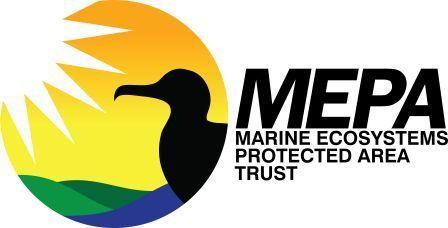- English
- Español
Sustainable Communities in Central America and the Caribbean
On-going Projects
Publications
Events
Sustainable Communities in Central America and the Caribbean
Date: June 21-24, 2016
Venue: Antigua and Barbuda
The cities of the Americas are experiencing dramatic and accelerating changes. Significant demographic variations and technological advances are having an increasingly powerful impact on how people live in the region. According to recent studies, Latin America and the Caribbean have the highest rate of urbanization in the developing world. Furthermore, the proportion of the regions’ population living in cities has doubled from 41% to 80% in the last 60 years. Rapid urbanization is posing serious challenges to OAS member states in terms of housing, common spaces, sustainable transport, controlling and reducing pollution, the collection and disposal of industrial and electronic waste, and the adoption of renewable and clean energy, among others.Cities often expand beyond their planned limits, and official and informal systems to provide water, sewerage, waste disposal, and other common services to these areas are often insufficient and inefficient.
Antigua’s Environmental Protection and Management Act includes several provisions to strengthen environmental protection, including:
- Protecting wetlands, which filter runoff water from the land, prevent coastal erosion, and mitigate storm surges. Safeguard human health by regulating organic and inorganic pollutants and by setting standards for air and water quality, a first in the nation’s legislative history.
- Protecting endemic, rare and threatened species. Secures community access to and knowledge of genetic resources.
- Creating the Sustainable Island Resources Framework Fund or “SIRF Fund” to streamline international funding and finance environmental management on the island.
- Improving environmental information, with requirements for spatial data, a natural resources inventory, and environmental registry (e.g. pollution permits) with public access provisions.
With the objective of highlighting advancements in sustainable communities, the Organization of American States (OAS), with funding from US/OAS, in partnership with the Department of Environment, Government of Antigua and Barbuda has organized a Sustainable Cities course for a group of urban and social transformation professionals. The Sustainable Cities course provides an integral overview of the different aspects that contribute to building sustainable communities, targeting different topics emanating from the First Summit on Sustainable Development in the Americas held in Santa Cruz de la Sierra in December 1996. In this context, section II.3 Sustainable Cities and Communities recognized:
- The incorporation of the poorest and most disadvantaged sectors of the population into the productive process by, inter alia, creating jobs through public and private investment and expanding and enhancing access to credit and to environmentally sound technologies;
- Growth in job creation in small and micro-enterprises by simplifying paperwork, bureaucracy, and operations that affect them and by promoting the economic competitiveness and environmental efficiency of these production units in urban as well as rural areas;
- Narrowing of the housing unit gap and expansion of basic infrastructure services through a comprehensive approach to the problem of rapid urban growth, including the use of clean, safe technologies;
- Promotion of the quality of life in cities and communities, taking into account their spatial, economic, social, and environmental circumstances; and
- Assurance of the most efficient and least polluting industrial and transportation practices so as to reduce adverse environmental impact and promote sustainable development in cities and communities

Course Objective:
To provide theoretical and practical knowledge of the different elements that contribute to the development of sustainable cities to government officials and members of civil society involved in planning processes and urban development
Specific Objectives:
- To provide state of the art knowledge on the set of systems involved in the urban setting combining social and physical science approaches.
- To analyze case studies and identify best practices; and
- To provide a first hand experience regarding the benefits of green infrastructure, energy efficiency demonstration projects and sustainable transport systems through field visits.
- Produce through break-out groups a policy and recommendations document in each module theme
Course Methodology:
The course will include theoretical presentations that combine the professor’s input with student participation. Case studies will be presented and discussed in order to develop practical skills regarding the issues discussed. This website will provide background readings and material on each module so that students can prepare in order to enhance learning and assimilation of the program content. The course will combine theory with practical exercises in which the students will experience the content of each module applied to real life situations through lectures, readings, field trips group exercises and discussion. The course will close with a set of field trips in which students will be able to come in contact with the operations and functioning of green infrastructure, energy efficiency projects and sustainable transport.
Course Methodology
|






